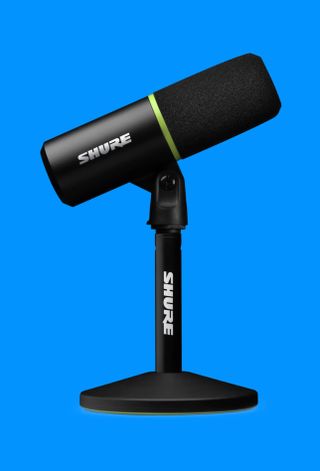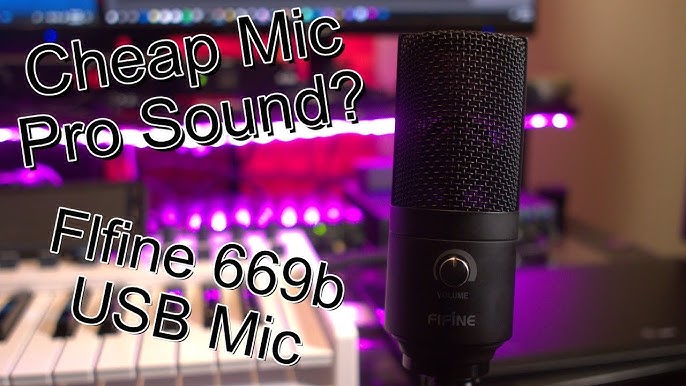Can a Cheap Mic Sound Good? Uncover the Hidden Gems
Yes, a cheap mic can sound good. Many affordable options deliver impressive quality.
So, how do you find one? In the world of audio recording, price doesn’t always equal quality. Many factors influence a mic’s performance. Budget-friendly mics often surprise users with their clarity and reliability. Understanding what makes a mic sound good can help you choose wisely.
You don’t need to break the bank for great sound. In this blog, we’ll explore how you can get excellent audio from a cheap mic. We’ll break down key features and share tips to maximize your mic’s potential. Ready to discover how to sound amazing without spending a fortune? Let’s dive in!

Credit: www.pcgamer.com
Affordable Mics Vs. Expensive Mics
Cheap mics cost less than expensive ones. Affordable mics are usually under $100. Expensive mics can cost hundreds or even thousands. Price often reflects build quality and brand reputation. Affordable mics use cheaper materials. Expensive mics use premium materials.
Affordable mics can still sound good. They may not have all the features of pricey mics. Expensive mics often have better sound clarity. They capture more details. Affordable mics may lack richness in sound. But, they are good for basic needs. Many people use them for podcasting or streaming.
Key Features To Look For
Sound quality matters most. A cheap mic can still have clear sound. Check for a good frequency range. This helps in capturing a wide array of sounds. A decent noise-canceling feature is a bonus. It reduces background noise. Some mics even have pop filters. These help in reducing harsh sounds.
Durability is crucial. A mic that breaks easily is not worth it. Look for sturdy construction. Metal bodies are often stronger. Check user reviews for long-term use. Some mics come with shock mounts. These help protect the mic from damage. A durable mic saves money in the long run.
Top Budget Microphones
Some cheap microphones can sound very good. The Fifine K669B is a great option. It costs less than $50. It has clear sound quality and is easy to use. Many people like it for podcasts or streaming. Another good choice is the Samson Go Mic. It is small and portable. It can clip onto a laptop. The sound is clear and crisp. Both mics are great for small budgets.
For under $100, there are many good microphones. The Blue Snowball iCE is popular. It has a nice design and clear sound. It is simple to set up. The Audio-Technica ATR2100x-USB is another great pick. It offers both USB and XLR connections. This mic is versatile and sounds professional. Both choices are excellent for podcasts, gaming, or voiceovers.

Credit: www.youtube.com
Tips For Getting The Best Sound
A good setup can make a cheap mic sound better. Place the mic in a quiet room. Use a pop filter to reduce noise. Adjust the mic’s distance from your mouth. Not too close, not too far. This helps to get a clear sound. Check your mic’s settings. Use the right input level. Too high or too low can spoil the sound. Experiment with the mic angle. Find what works best.
Speak clearly and at a steady pace. Avoid mumbling or rushing. Practice good breathing. Take deep breaths to avoid gasps. Record in short bursts. This makes editing easier. Listen to your recordings. Find areas to improve. Use simple editing software. Cut out unwanted noises. Add a noise gate. This helps to remove background sounds. Test different environments. Find the best spot for recording. A closet with clothes can work well. It absorbs sound.

Credit: joeysturgistones.com
Frequently Asked Questions
Can A Cheap Mic Produce Professional Sound Quality?
Yes, with good technique and proper setup, a cheap mic can sound professional.
What Factors Affect A Mic’s Sound Quality?
Factors include mic placement, recording environment, and audio interface.
Are Cheap Mics Suitable For Beginners?
Yes, they are affordable and good for learning basic recording techniques.
Conclusion
A cheap mic can indeed sound good with the right setup. Test various settings to find the best quality. Focus on positioning and environment. Even affordable gear can surprise you. Invest time in learning and experimenting. Your voice matters more than expensive equipment.
Happy recording!

